
Published:
Readtime: 6 min
Every product is carefully selected by our editors and experts. If you buy from a link, we may earn a commission. Learn more. For more information on how we test products, click here.
Despite opting to place the petrol-powered Formentor centre stage for its initial foray into the Australian market, Spanish carmaker Cupra sees its future as entirely electric. In a bold effort to prove this and demonstrate its commitment to ensuring electric vehicles and electric vehicles alone make up its range by 2030, Cupra recently took the covers off three new models that it says will see the brand through to 2025 and beyond.
You’ll also love:
2023 Toyota Crown: SUV-Sedan Cross-Over Leaked

Taking to the stage in Barcelona for the brand’s Unstoppable Impulse event, Cupra’s CEO Wayne Griffiths wasted no time in unveiling the Terramar, Tavascan and UrbanRebel, a trio of vehicles he believes will help the self-described challenger brand pave the way towards “a more rebellious and electric world.”
Cupra’s new rides are linked by head of design Jorge Diez’s philosophy that the driving force behind each vehicle’s creation should be a unique spark of inspiration. This would be in an effort to ensure Cupra does not become synonymous with vehicles that tend to simply be a scaled up or down version of what is essentially the same car – the shade thrown at brands like Audi and its ilk is hard to miss. Challenger brand indeed.
Nevertheless, Diez is keen to point out that the cars remain undeniably linked, highlighting new signature Cupra styling that runs across all three. Due to his belief that electric cars have a tendency to be boring in design – something that is slowly changing, but we don’t entirely disagree with – Diez said Cupra is introducing these signature design motifs so the cars will be immediately recognisable, turning heads and redefining what we might expect when it comes to electric cars from here on out.
The first of these elements is a general approach to styling that’s intended to come up just shy of aggressive. Somewhat anthropomorphising the cars, Diez insists they should appear “determined” or “like they know what they want.” The second key element is the “shark nose,” which is designed to overcome the challenge of a shorter bonnet’s more limited ability to “create emotionality” while giving the cars an inherent sense of forward motion. And the final element is the introduction of a headlight design that’s based on the concept of triangles within a triangle, so the cars can be effortlessly identified as a Cupra whether encountered during the day or at night.

Cupra Terramar
Ignoring the fact it seems a little odd the brand didn’t borrow the name of the famous Autòdrom de Sitges-Terramar racing circuit for something a little, well, racier, the 4.5-metre Terramar SUV will be the last vehicle Cupra ever makes with an internal combustion engine (ICE) drivetrain, so for that reason, it’s something of a stepping stone in the context of Cupra’s grand electric plans.
While Cupra isn’t giving much away at this early stage in relation to the Terramar’s ICE drivetrain, the brand promises the SUV will also come with a new generation of plug-in hybrid powertrain offering an all-electric range of around 100km. Launching in Europe in 2024, it’s unclear at this stage whether the Terramar will hit Australian shores around the same time, although if we had to guess we’d say it’s more than likely we’ll have to wait until 2025 to get our hands on it.
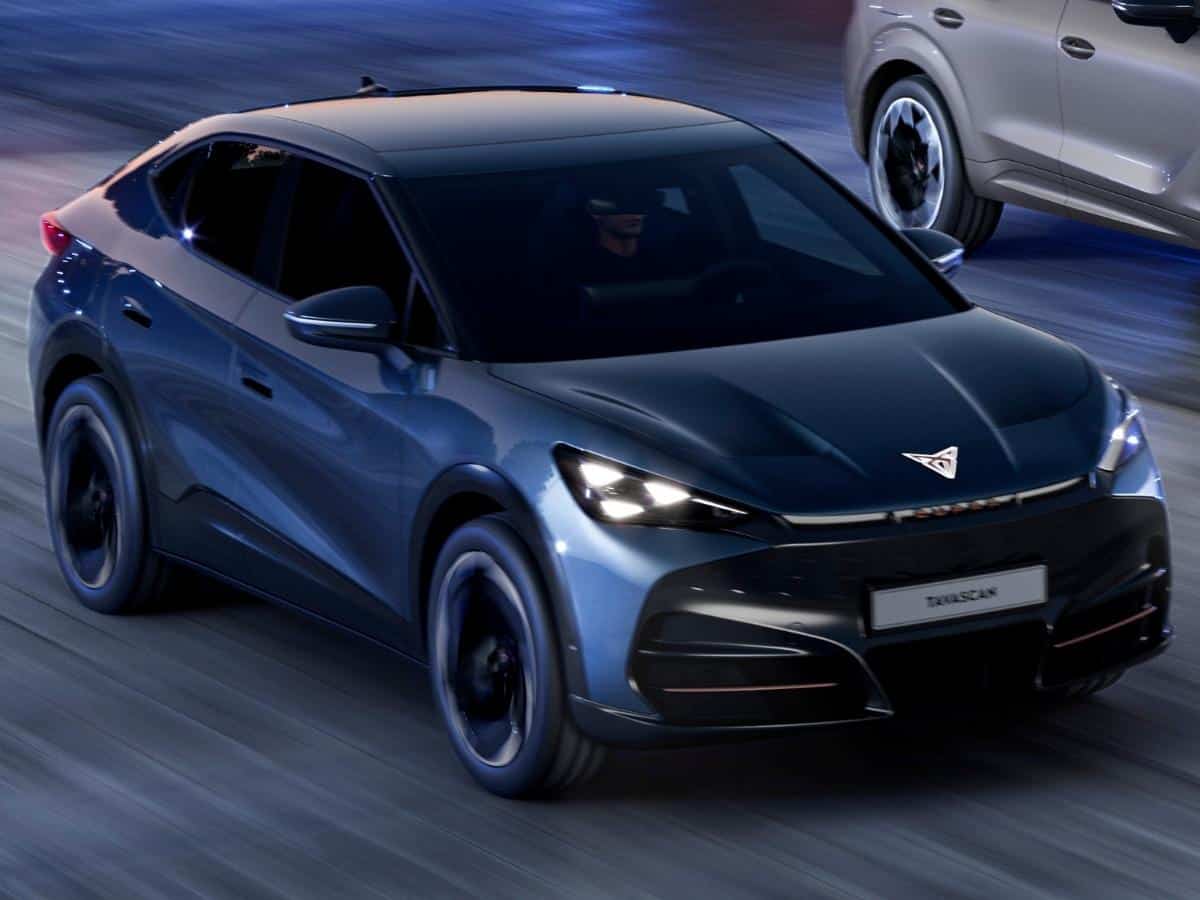
Cupra Tavascan
Cupra’s first electric SUV and second all-electric vehicle following the Born – more on that at a later date – the Tavascan remains something of a mystery as Cupra is yet to reveal precisely what its specifications will look like. As such, there’s not a huge amount to be said at this early stage, although the updated model is clearly an evolution of the concept that was first unveiled way back in 2019, and the brand has previously suggested that that initial iteration of the Tavascan was fed by a 77kWh battery that would offer a range of up to 450km.
Aesthetically, there’s a sleekness to the Tavascan’s updated design that – combined with its two-tone finish – does an impressive job of overcoming the vehicle’s bulkiness to achieve that just-shy-of-aggressive look that Diez and his team are aiming for. The Tavascan will definitely be one to keep an eye on as it’s confirmed for an Australian release in 2025.
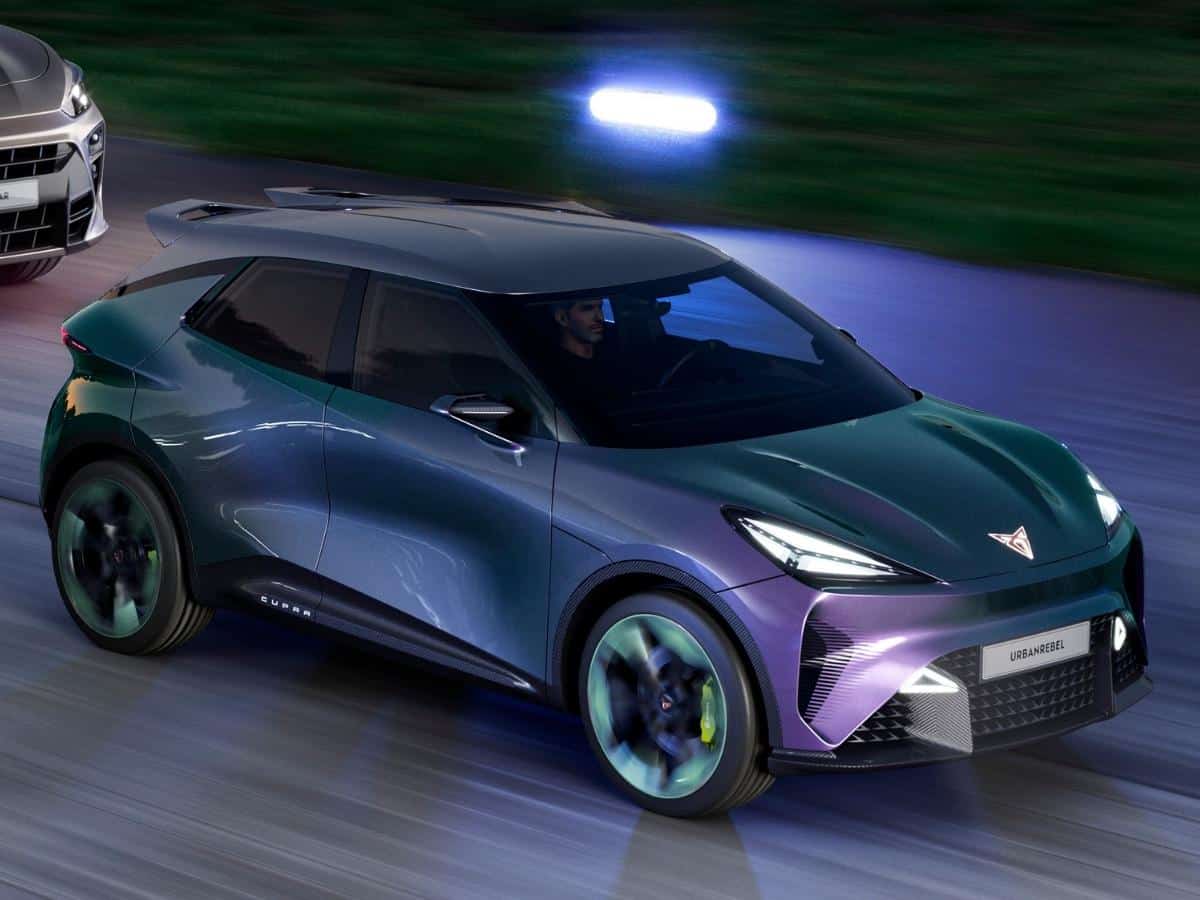
Cupra UrbanRebel
It was impossible to miss that of the three vehicles Cupra unveiled in Barcelona, the UrbanRebel was the one the brand’s team was most excited about. And we can see why. The entry-level, all-electric hatchback’s exterior looks sporty as hell and it’ll drive “like a go-kart” according to Werner Tietz, Cupra’s Vice-President for Research & Development.
The sporty look continues through to the UrbanRebel’s interior, which serves up a pair of bucket seats and employs a mix of advanced recycled polymers and bio-based materials, both bolstering its eco-credentials and conjuring the unmistakable sense that this isn’t your standard hatchback. There’s just something intoxicatingly alien about the whole aesthetic. Cupra claims that these light materials will help the UrbanRebel’s 166kW electric motor reach 100km/h in 6.9 seconds and give it a range of up to 440km.
While we wouldn’t be surprised if the UrbanRebel’s design inside and out is toned down slightly before it starts zipping around Australian cities in 2025, Tietz insists that for all intents and purposes the car we saw in Barcelona will be the one that’ll be filling Cupra showrooms in a few years’ time.
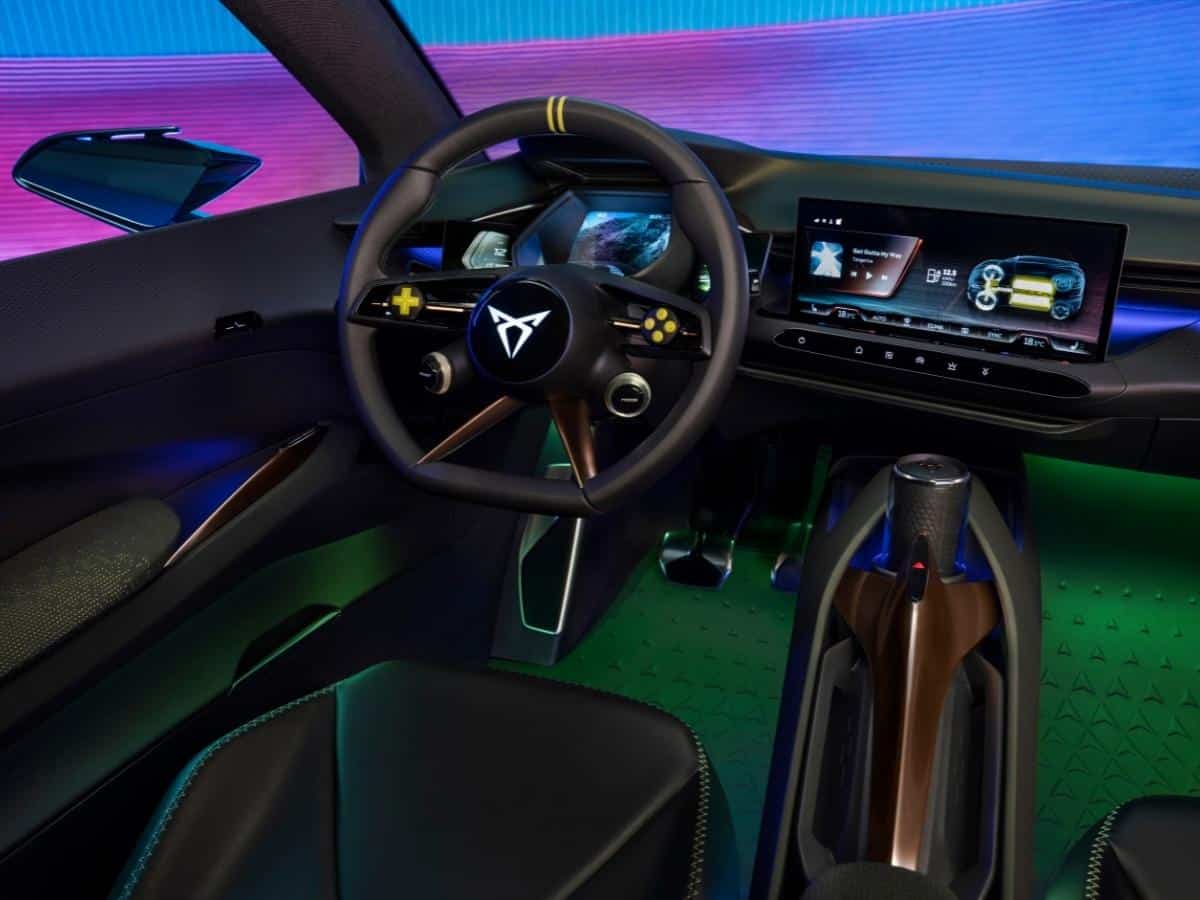
Representative of Cupra’s philosophy that it’s better to be loved by some than liked by all, these three vehicles are intended to trigger an immediate emotional response. This “emotionality” is a point Cupra’s top brass return to time and again as they explain what sets the brand apart from the rest of the market. Griffiths, Diez and Co. believe it’s a large part of the brand’s appeal to its youthful customer base, which they say is 10-15 years younger than those of other brands within the Volkswagen Group. Cupra customers want “a brand that’s different from what their parents and grandparents are driving,” according to Griffiths. We’ll soon see if Australians feel the same way as our friends in Spain.
Related: 18 Best Electric Motorcycles
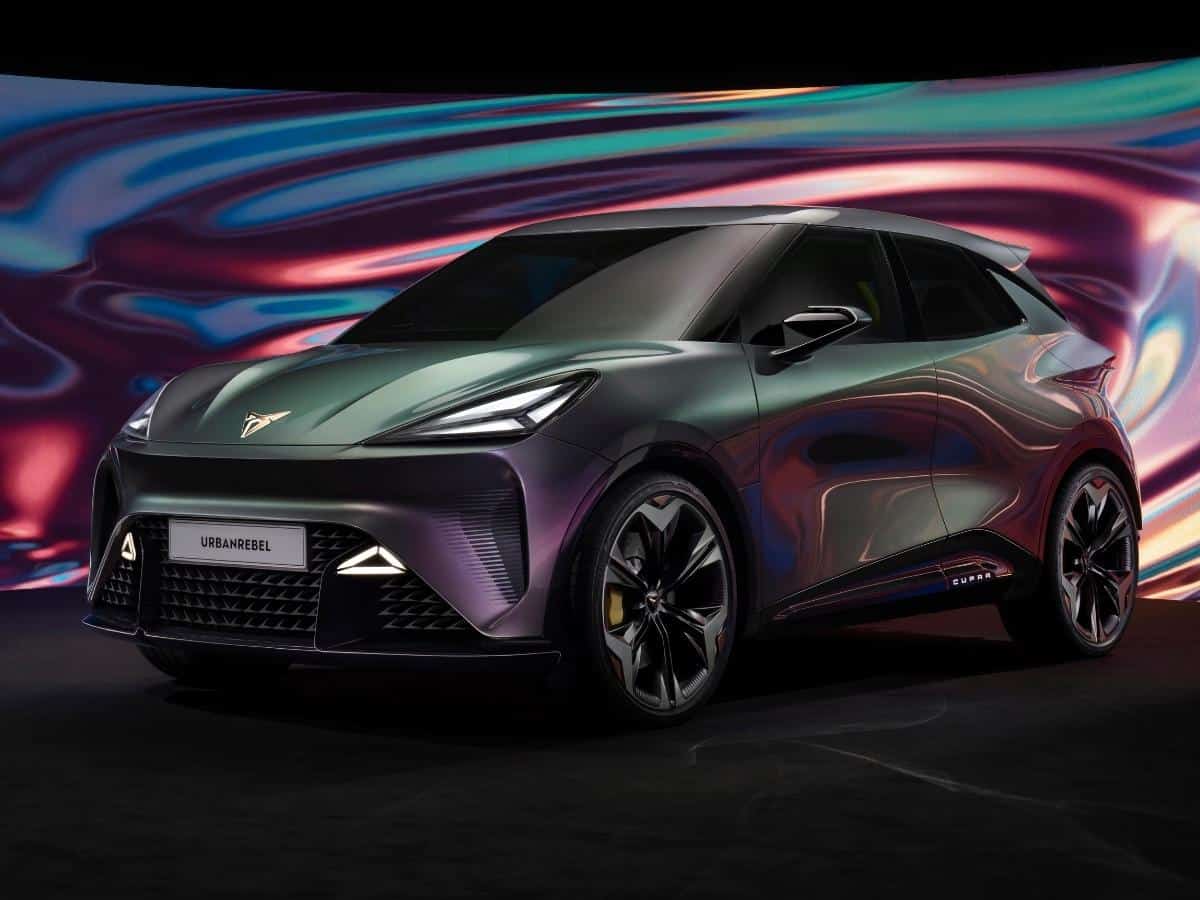
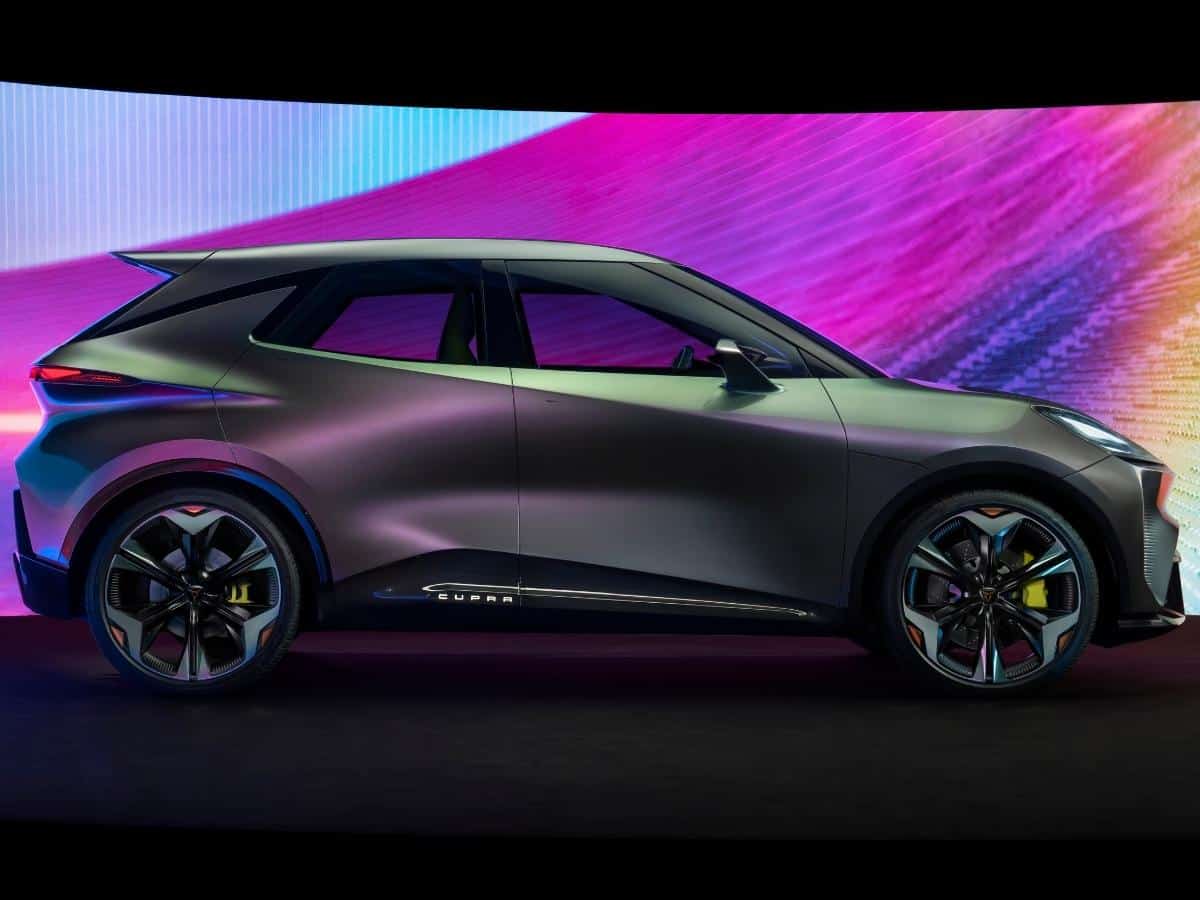
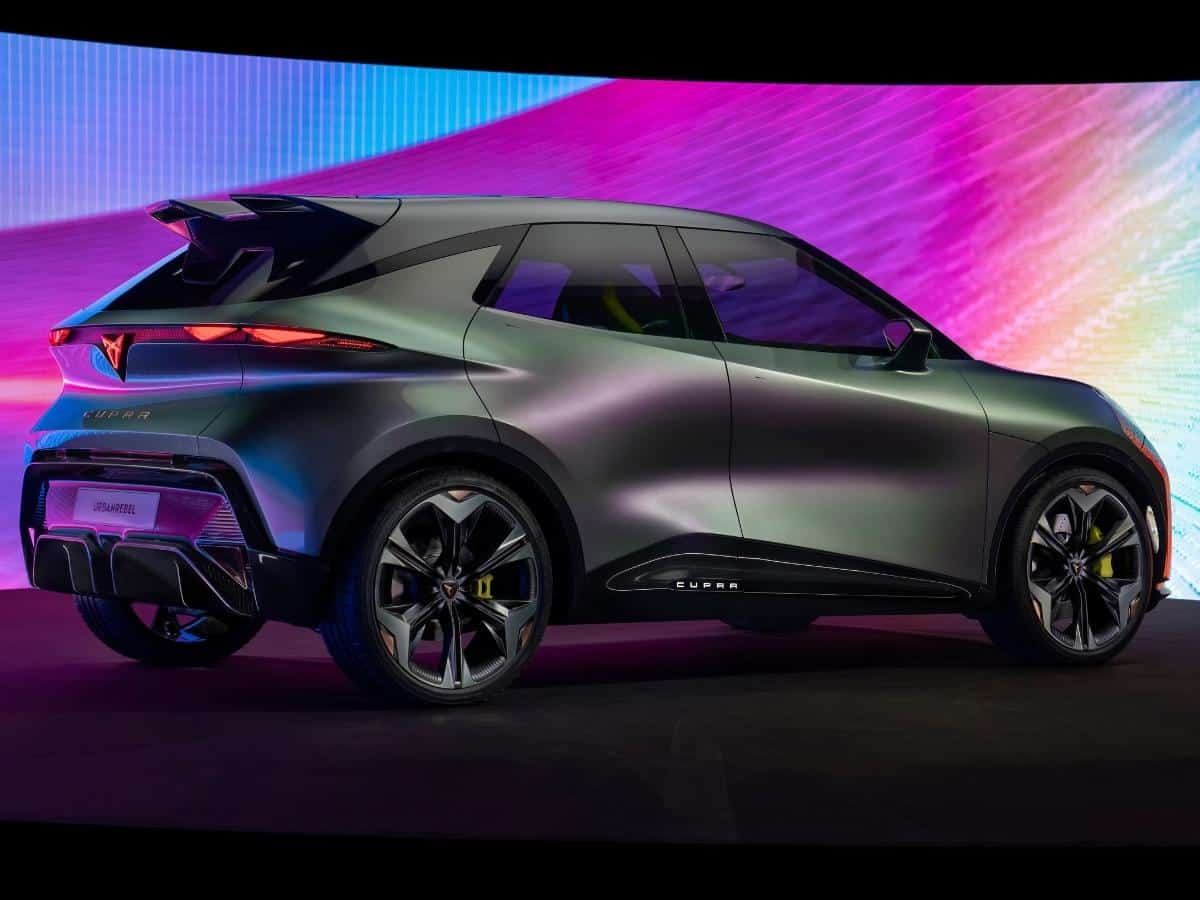
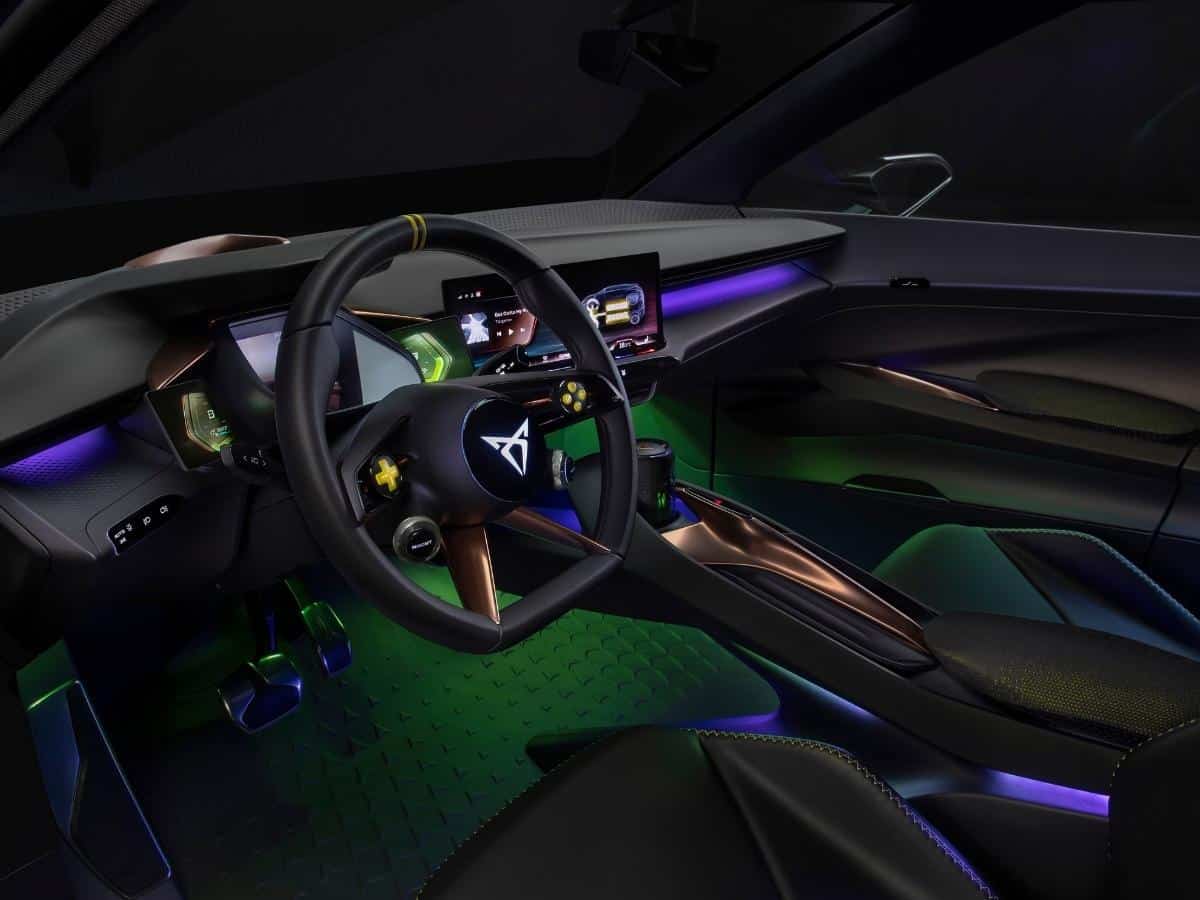
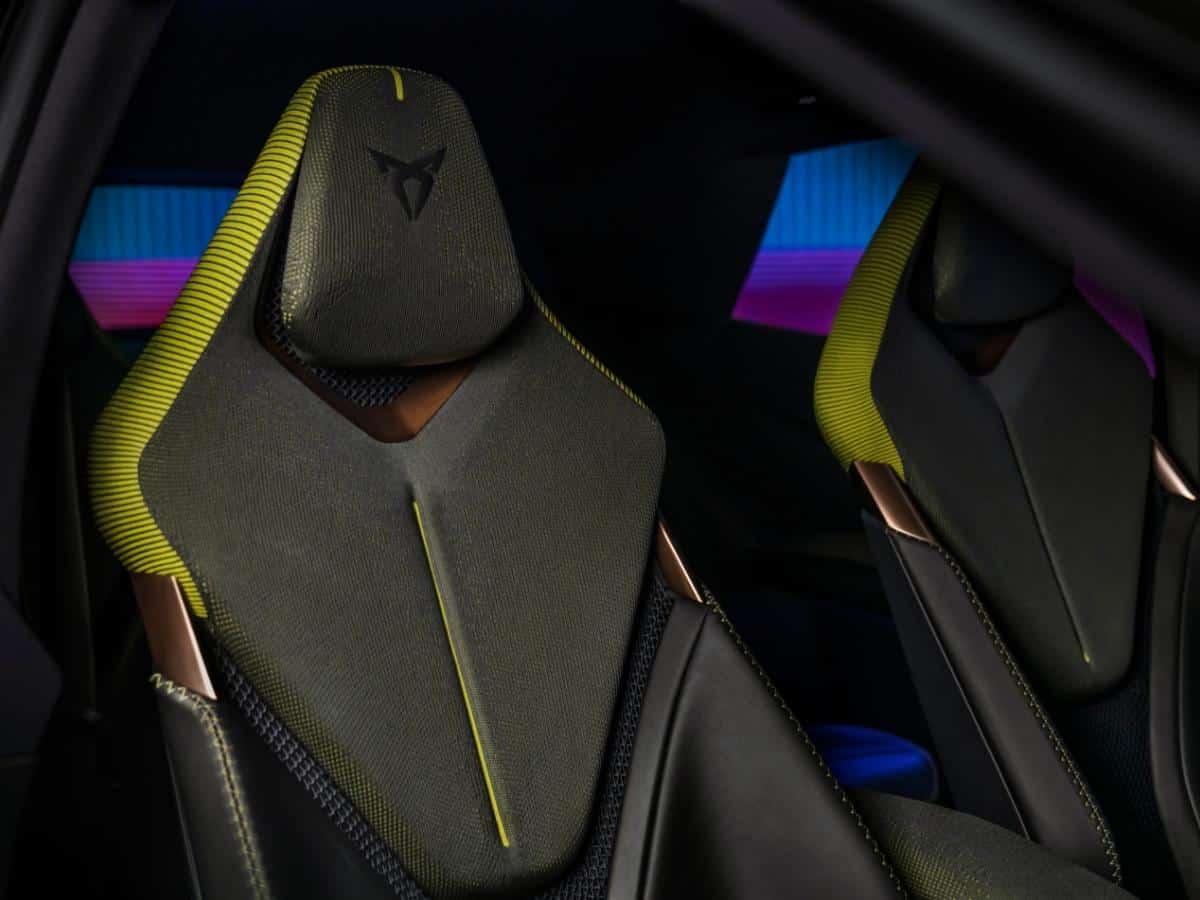







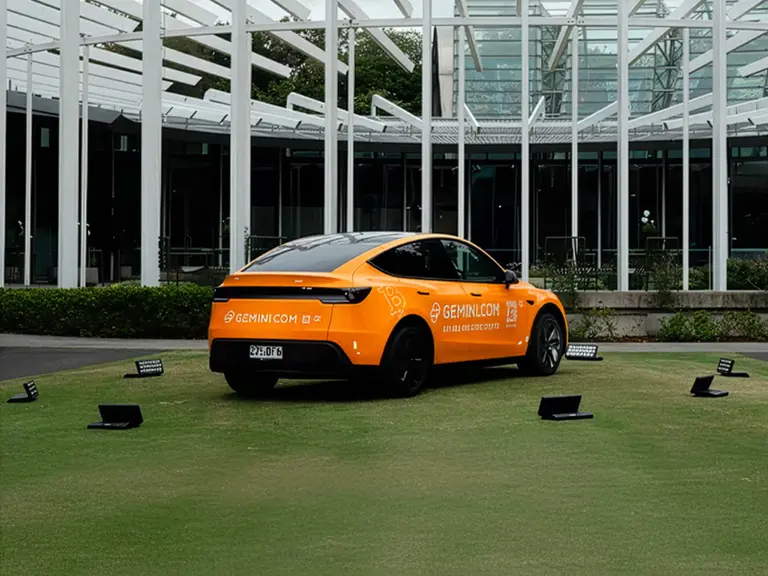






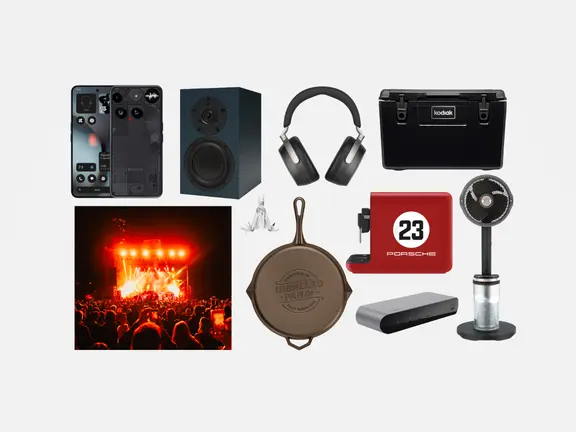
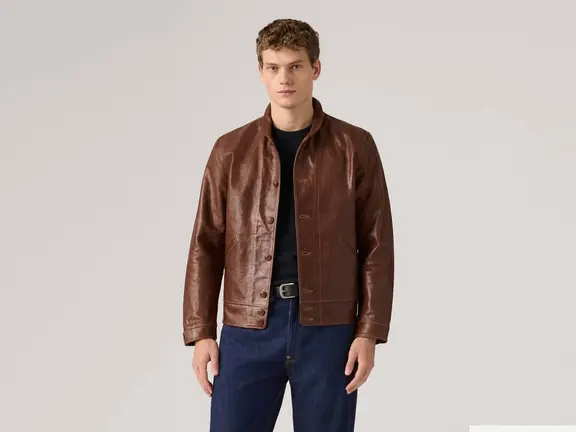



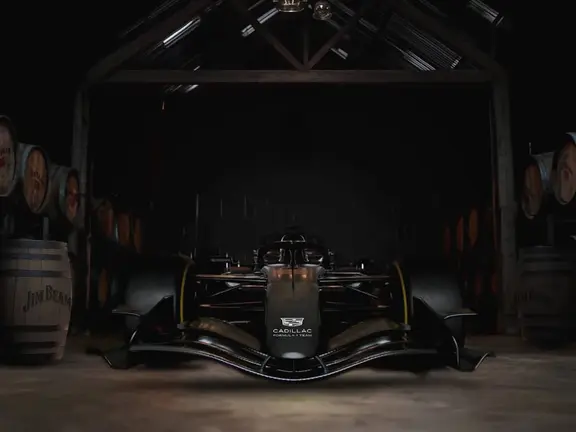







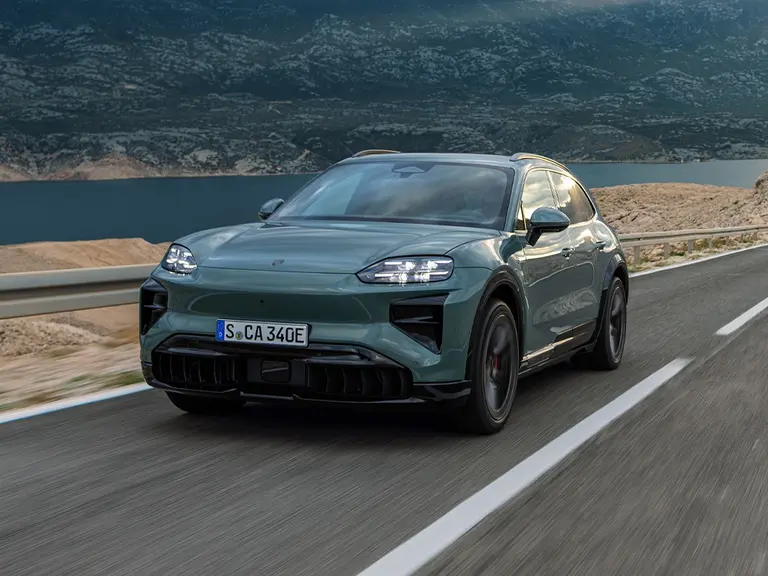



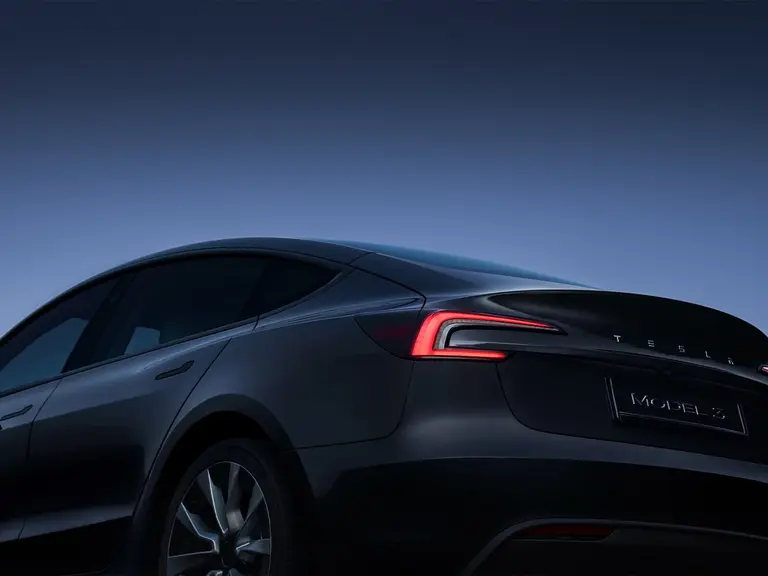

Comments
We love hearing from you. or to leave a comment.